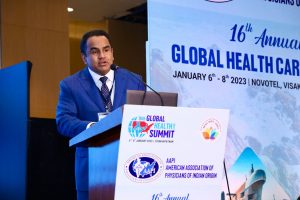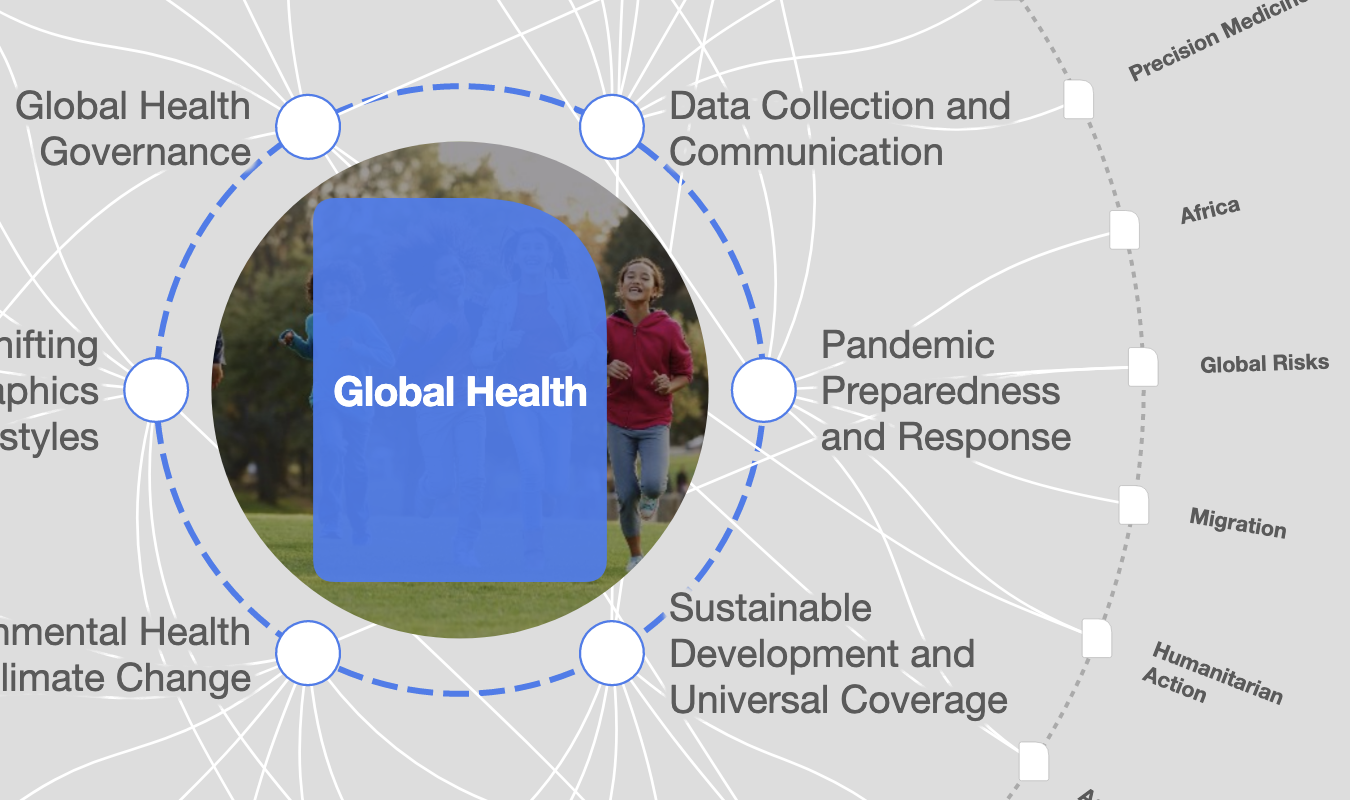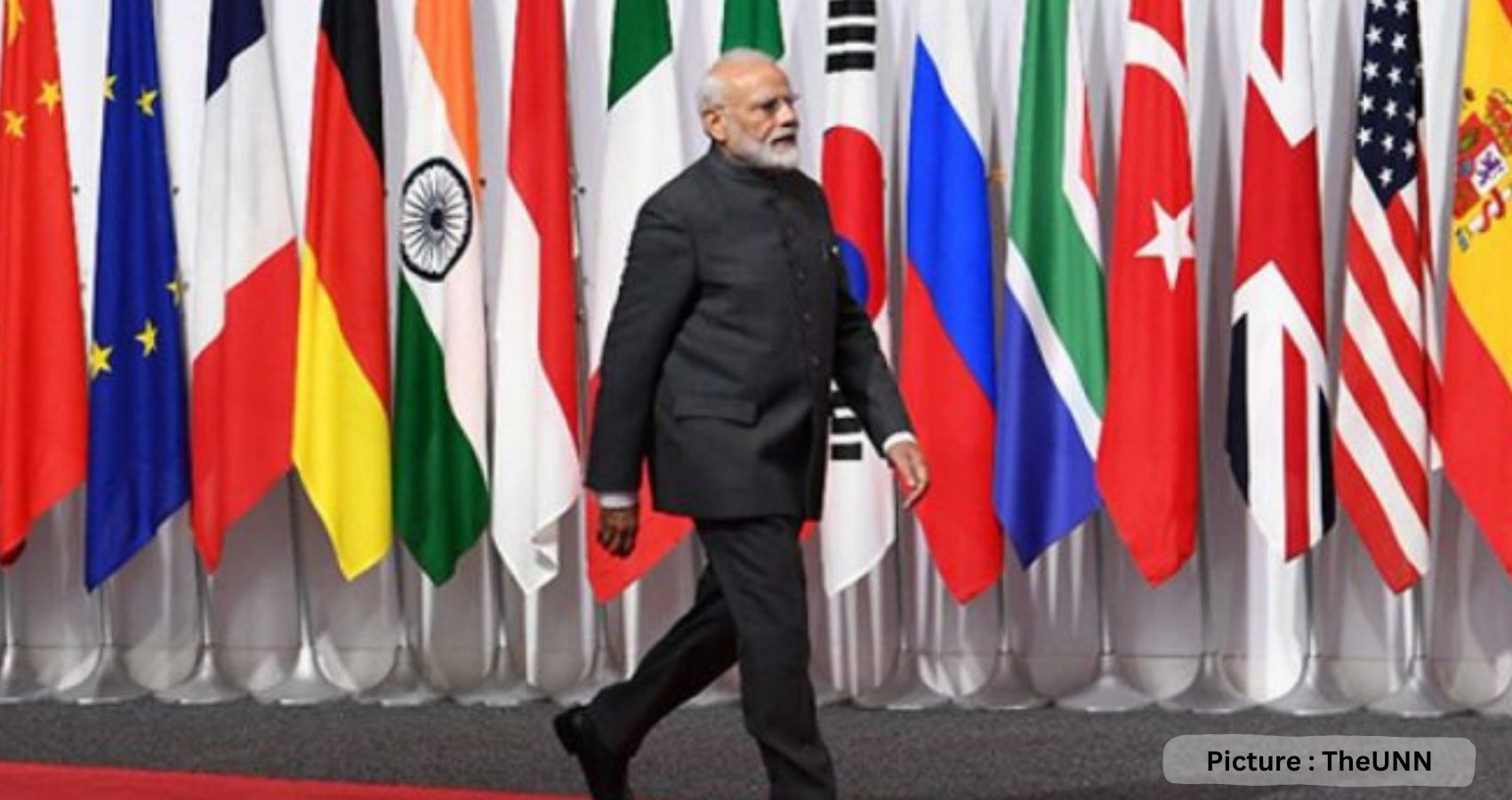
According to a new study published in the Lancet, an estimated 6.4 million physicians are needed to meet global universal health coverage (UHC) goals. America is also experiencing a significant physician shortage, and it’s only expected to get worse, a concerning situation that could lead to poorer health outcomes for many patients. Data published in 2020 by the Association of American Medical Colleges estimates that the US could see a shortage of 54,100 to 139,000 physicians by 2033.
Europe is not in any better spot. More than three years into the pandemic that decimated personnel, healthcare managers and governments are scrambling to cobble together a semblance of a workforce in European countries. Europe’s healthcare worker shortfall—around 2 million—is acutely felt across the Continent.
In Greece, first responders sound the alarm over longer emergency response times due to a shortage of personnel. England lacks tens of thousands of nurses, reporting a record number of vacancies. Nurses top the list of all occupations experiencing shortages in Finland. Maternity wards in Portugal are struggling to stay open due to a lack of doctors. Some 50,000 healthcare workers in Europe have died due to Covid-19, and health worker absences in the European Region increased by 62% during the first wave of the pandemic in 2020, according to WHO.
The pandemic also took a severe toll on the workers’ mental health. In some countries, over 80% of nurses reported psychological distress caused by the pandemic, and 9 out of 10 nurses planned to quit their jobs.
G20, under the leadership of India and Prime Minister Narendra Modi, could offer bold solutions to this impending global healthcare crisis. While the recommendations to establish a G20 Health Preparedness Taskforce are excellent, addressing the global health workforce shortage must be a key priority in national development agendas. India can help solve the expected global physician shortage in G20 nations by investing in healthcare infrastructure and training programs. This could involve increasing funding for medical schools and postgraduate programs and improving the quality of medical education.
Additionally, India can help by expanding its role in providing medical services to underserved populations in G20 countries. This could include establishing telemedicine programs, allowing Indian doctors to provide medical care remotely. India can also work with governments in G20 nations to develop more streamlined pathways for Indian doctors to practice in those countries. Finally, India could use its public health and health systems expertise to help G20 countries develop and implement effective healthcare policies.

Here are the practical steps that G20 may take under Indian leadership:
- STRENGTHEN THE MEDICAL EDUCATION FRAMEWORK
Setting up common minimum standards in the medical education of physicians, nurses, health administrators, and other allied healthcare workers among G20 nations could create a G20 medical corps that can be mobilized in the invent of emergencies due to pandemics, war, or other natural calamities. Promoting private-public partnerships and investing in new international medical schools should also be considered. We have examples of Indian universities like Manipal offering American equivalent medical education from Antigua. We also have several thousand Indian students currently completing medical education in European countries. Let G20 help execute formal agreements between G20 governments and India that define the conditions and requirements for Indian doctors to practice in those countries.
Revamping the existing guidelines for setting up medical schools and teaching methods as per future methodologies will require significant investment in e-learning tools, including remote learning, virtual classrooms, etc.
Indian medical education system is evolving and striving to reach international standards. Setting up new international medical colleges in addition to current colleges training MBBS and PG students may be considered initially. There are examples of parallel pathways in primary and secondary education in India currently offered via State syllabus in addition to ICSE or CBSE schools.
- STANDARDIZING GLOBAL MEDICAL LICENSING SYSTEMS AND VISA REQUIREMENTS
Developing an online database and platform that lists the qualifications and experience of Indian doctors interested in pursuing opportunities in G20 countries would be a good start. In addition, let us work with G20 nations to create more flexible visa and work permit requirements for Indian doctors.
Furthermore, establishing a mutual recognition agreement between G20 countries and India would enable Indian doctors to practice in those countries without additional licensing exams and create standard international medical licensing guidelines. Working with G20 governments to develop and implement standardized, streamlined credentialing and licensing processes for Indian doctors and the reciprocity of national medical licenses and international clinical rotations for medical students among G20 countries should also be considered.
Facilitating and supporting the mobility of Indian doctors within the G20 countries should be promoted. We will also need to create more opportunities for G20 nations and India to collaborate on research and development initiatives.
- HARNESSING TECHNOLOGY
The healthcare industry is fast-tracking the use of e-health and e-learning techniques, AI, VR simulation, and the internet of things to train, upskill and empower health workers. Telemedicine and remote patient monitoring should be encouraged among and within G20 nations involving the G20 Medical Corps, as mentioned above. The scaling-up is rapid, based on big data and analytics. These emerging technologies will also generate more demand for new skills, increasing the potential to employ more in digital healthcare delivery. Let G20 leadership help develop programs that allow G20 countries to benefit from the expertise of Indian doctors through telemedicine and other remote care services.
- REBALANCING HEALTHCARE TASKS AND MANUFACTURING
As per an OECD global survey, 79% of nurses and 76% of doctors were found to be performing tasks for which they were over-qualified. Given the worldwide evidence of the poor distribution of skills, we must rationally re-organize our workforce for effective management of high-burden diseases, particularly NCDs, which are responsible for 71% of the global mortality and, unless addressed, could cost the world $30 trillion by 2030. G20 nations should also increase manufacturing and procurement of essential medical supplies domestically. Depending on China for most of your medical supplies has exposed the vulnerabilities of G20 healthcare systems during the Covid-19 Pandemic.
- BRIDGING LANGUAGE BARRIER AMONG HEALTHCARE WORKERS
The newly proposed international medical and nursing students should be encouraged to be fluent in at least one or two foreign languages, which will help them bridge the language divide. For instance, several countries have similar course curriculums for nursing; however, cultural aspects sometimes need fixing. For example, Sweden and India have identical nursing curricula, and there is great potential to encourage the exchange of nurses. Still, the potential for exchange is restricted due to linguistic barriers. However, this can be easily overcome, and more conducive arrangements can be implemented to facilitate the exchange of healthcare workers.
- CREATING A SUSTAINABLE AND GENDER-BALANCED WORKFORCE
Evidence points towards gender imbalance and disparities in health employment and the medical education system. According to the WHO, globally, only 30% of doctors are females, and more than 70% of nurses are females. A similar trend is seen in India, where most nursing workforce comprises women, but only 16.8% of allopathic doctors are females. As per ILO data, gender wage gaps are also a cause for concern. Therefore, we need proactive steps to create a balanced healthcare workforce that addresses the issue of gender inequity and ensures equal pay for work of equal value, a favorable working environment, and targets investments towards training the female workforce.
G20 member states under India’s leadership must increase the in-built flexibility of their health systems, showing the capacity to guarantee everyday quality healthcare for all citizens, refugees, and displaced populations. Significant investment in the future of healthcare of G20 nations is the need of this hour. The abundance of young Indian talents could help the world to minimize the expected healthcare human resource shortfall with proper training and investment. G20 countries represent two-thirds of the world’s population and four-fifths of the global gross domestic product but also a significant proportion of people left behind socially, economically, and in terms of health. Let India propose bold steps and offer solutions in healthcare to secure the future of the G20 nations.
(This story was published in The Sunday Guardian on February 11, 2023)
(Prof (Dr) Joseph M. Chalil, MD, MBA, FACHE, is an Adjunct Professor & Chair of the Complex Health Systems advisory board at Nova Southeastern University’s School of Business, Chief Strategic Officer of the American Association of Physicians of Indian Origin (AAPI), and the publisher of The Universal News Network. He recently published a best-seller book, “Beyond the Covid-19 Pandemic: Envisioning a Better World by Transforming the Future of Healthcare”.)


